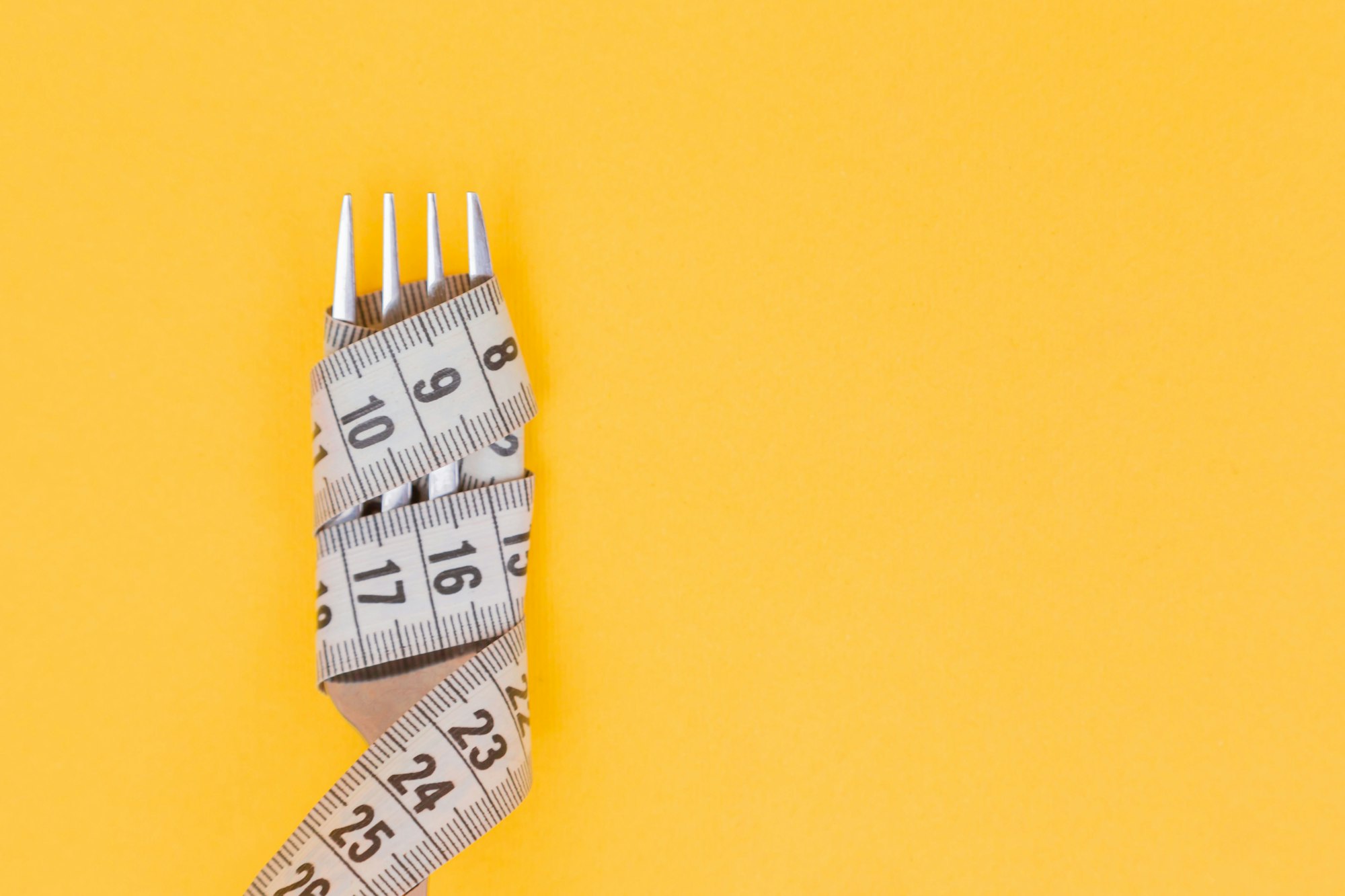Fat The Good and Bad Guide For Optimal Health

There is a lot of bad information about dietary fat. Many believe it’s awful and only increases the waistline. As a matter of fact, it’s essential for health. Good fat keeps skin, organs, blood and muscles functioning properly. Most importantly, nerves have a fatty protective layer to ensure proper function. It’s similar to the covering of wires to a bulb.
Of course, not all fat is the same. Differences exist. Some are far more beneficial for your body than others. Thus, learning the difference between good and bad fat is important for optimal health.
Trans Fat Is Bad
By far, the most dangerous is trans fat which is a byproduct of hydrogenation. The process turns liquid oils into solids to improve shelf life of packaged foods. On labels, you’ll see them as “partially hydrogenated oil.” Found primarily in processed foods, even small amounts can increase your risk of chronic disease.
Eating foods with trans fat directly increases the amount of LDL (bad) cholesterol in your bloodstream. Increases in LDL can lead to inflammation, heart disease, stroke, diabetes, and other conditions. Research shows every 2% of calories from trans fat increases risk of heart disease by 23%. Link here.
Good Fat Equals Optimal Health
Foods like nuts, seeds, and some vegetables contain good fats. Monounsaturated fat includes common oils like olive, peanut, and canola while polyunsaturated fats are known as omega-3 and 6 fatty acids. Omega 3 and 6 can be found in eggs, fish, organ meats, and nuts. Keep in mind that omega-3 is the best type.
Your body can not make mono or polyunsaturated fatty acids. Thus, you must obtain them from your diet. When eaten in moderation, both mono and polyunsaturated fatty acids help optimize health.
More information about Structural Chiropractic in Birmingham, Alabama, click here.
For more health news, click here.
